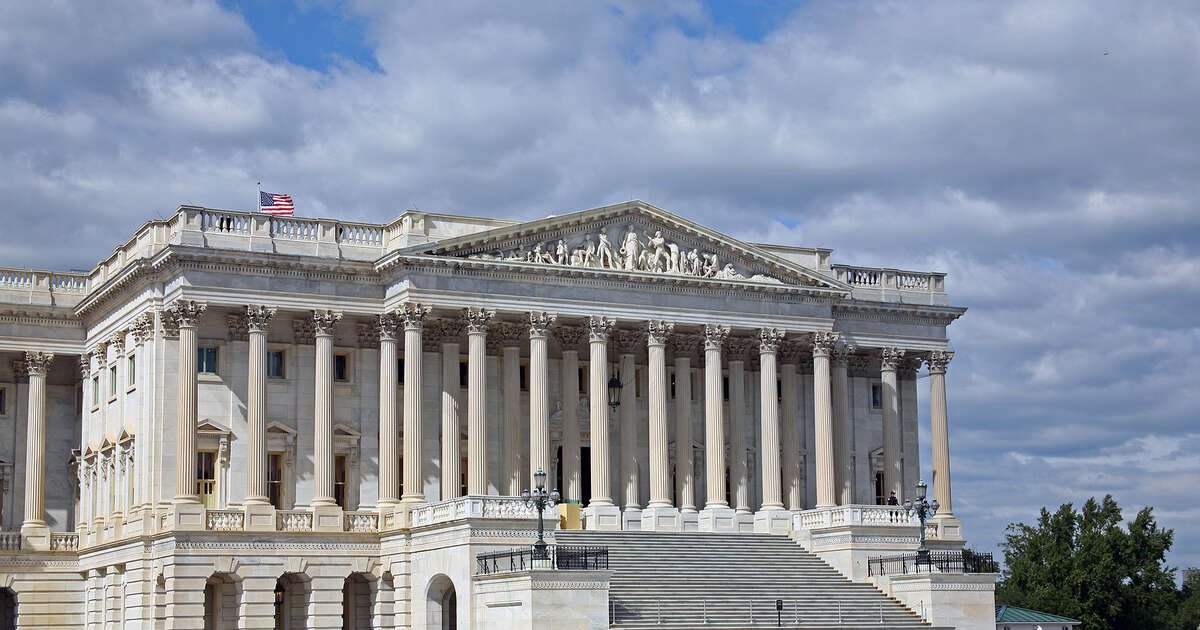In a move that surprised virtually no one, at its December Open Meeting on Wednesday, December 13th, the Federal Communications Commission (FCC) officially adopted the robocall/robotexts protection rules announced on November 22nd, one of which is intended to close the so-called “lead generator” loophole.
Closing the Lead Generator Loophole
The new rule closes what the FCC perceived as a loophole that allowed unscrupulous companies to inundate consumers with illegal prerecorded marketing calls and texts by listing multiple potential callers (sometimes hundreds or thousands of names) in a marketing partners link embedded in an online TCPA consent disclosure.
The new rule governs how companies may secure written consent to contact a consumer using an automated telephone dialing system (ATDS) or prerecorded calls and texts. The new rule changes the definition of the term “prior express written consent” to mean a written agreement that authorizes “no more than one identified seller” to place such calls or texts, rather than have a single consent apply to multiple companies at once.
The new rule also requires any calls and texts to be “logically and topically associated with the interaction that prompted the consent,” and requires sellers to maintain records demonstrating consent. The new rule will go into effect six months after it is published in the Federal Register.
Other rules adopted at the FCC’s December Open Meeting include the following:
Combating Robotext Sources
Newly adopted rules allow the FCC to “red flag” certain numbers that have been identified as sending illegal texts. Once flagged, mobile carriers are required to block texts from those numbers. The new rules also extend the TCPA’s National Do-Not-Call Registry protections to text messages, even though it was already illegal to send marketing texts to DNC-listed numbers.
The order implementing the new rule encourages providers to make email-to-text messages an opt-in service, which would limit the effectiveness of a major source of unwanted and illegal text messages.
Additional Steps
In addition to the aforementioned rules, at the December meeting the FCC also announced additional steps it is considering to further limit unsolicited robotexts, including additional blocking requirements when the FCC identifies a likely scam text-generating number.
The Commission will also seek further comment on a text message authentication framework modeled on the STIR/SHAKEN protocols for phone calls – including on the status of any industry standards in development. The notice also proposes requiring text message service providers to make email-to-text services opt-in only, rather than simply encouraging them to do so.



